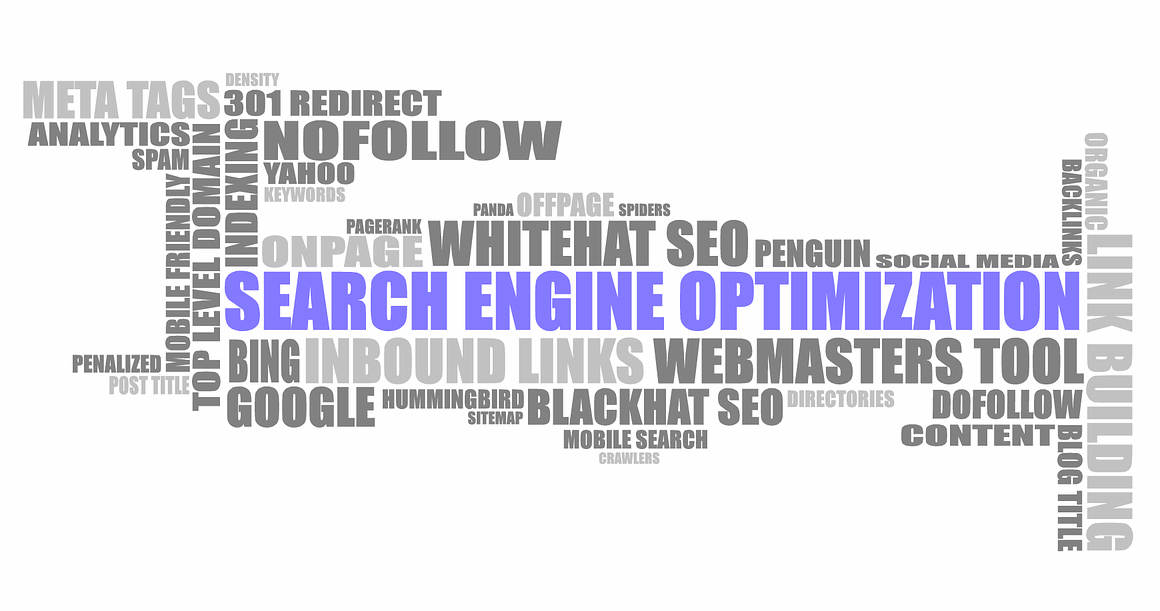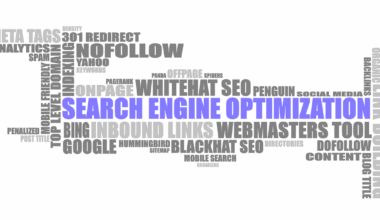Best Practices for Disavowing Toxic Backlinks in SEO Recovery
In the world of SEO, managing backlinks is crucial for maintaining a healthy online presence. Toxic backlinks can hurt your website’s ranking and result in penalties from search engines like Google. Understanding how to identify and disavow these harmful links is essential for SEO recovery. Firstly, conduct a thorough backlink audit to pinpoint problematic links. Numerous tools are available to assist in this process, including Google Search Console and various third-party services. Once you have identified the harmful links, categorize them based on their impact and relevance. This strategy will help you when it comes to prioritizing which links to disavow first. You can then create a disavow file to submit to Google. Ensure this file is formatted correctly, including the appropriate domain or URL specifications. Furthermore, be sure to monitor the results after submission, as this will indicate the success of your disavowal efforts. Encouragingly, effective management of toxic backlinks can lead to improved rankings and visibility, making it a worthy investment of your time and energy.
After you have successfully identified toxic backlinks through a meticulous audit, the next step in recovering from penalties is active communication. Engage with webmasters of the sites hosting these harmful links. Politely request the removal of these links to your domain. Effective communication may yield positive results, especially when you provide a valid reason for your request. If the webmasters agree to remove the links, record this information meticulously. Subsequently, update your disavow file if necessary. Remember, maintaining a clear record of your outreach efforts demonstrates your commitment to recovery. If a webmaster does not respond, you still have a few options available. One significant option is to proceed with the disavowal process, ensuring that Google acknowledges your attempts to take corrective action. Always remember the importance of diligent follow-ups throughout this process. Persistence can yield favorable outcomes, encouraging webmasters to reconsider your link removal requests. Ultimately, taking the initiative to communicate can create a more favorable environment for your website’s long-term link health and standing.
Another key strategy for effective disavowing of toxic backlinks involves utilizing a combination of various reporting and monitoring tools. These tools not only help in identifying toxic links but also keep track of your SEO recovery progress. Platforms such as Moz, Ahrefs, and SEMrush offer comprehensive backlink analysis features. With these tools, you can quickly see changes in your backlink profile after disavowing harmful links. In addition to tracking progress, regularly analyzing your backlink profile enhances your ability to spot new potentially toxic links. Continuous monitoring should be part of your SEO routine to prevent future penalties. Furthermore, make use of alerts that notify you of new backlinks to your site, especially from potentially harmful domains. The combination of proactive monitoring and strategic disavowal will empower you to safeguard your site’s reputation and improve its performance in search engines. By staying vigilant and leveraging these tools, you can create a robust defensive strategy against backlink-related penalties, ensuring a positive trajectory for your site’s SEO efforts.
The Importance of Quality Control in Link Building
In conjunction with disavowing toxic backlinks, focusing on quality control during link building is crucial in ensuring long-term SEO success. Establishing relationships with reputable sites fosters organic backlinks that enhance your authority in the niche. High-quality backlinks from trusted domains can act as a shield against future penalties, creating a safer environment for your own SEO campaigns. Prioritize outreach tactics that emphasize your position within your industry, making it easier to gain valuable links. When assessing new backlinks, make sure to analyze their domain authority and relevance. This quality control mechanism boosts the overall credibility of your backlink profile. Additionally, always be cautious of automated link-building services that promise a large volume of backlinks in a short time. Often, such services can lead to the acquisition of spammy links that ultimately hurt your standing with search engines. Instead, choose to invest time in building authentic relationships that can yield quality links. This thoughtful approach pays dividends and minimizes the risk of penalties that could jeopardize your website’s success.
As you navigate through the penalty recovery process, consider the significance of patience and persistence. Recovering from penalties caused by toxic backlinks isn’t an immediate fix, but rather a gradual process. After you submit your disavow file to Google, it may take time for changes to reflect in your rankings. Use this time wisely by focusing on content quality and overall website health. Engage in developing fresh, relevant content that can attract quality backlinks over time. Furthermore, utilize social media platforms strategically to enhance your online presence, promoting new content that can organically earn valuable backlinks. Additionally,Continue to educate yourself about SEO best practices, as staying updated on algorithm changes and industry standards will empower you to make informed decisions. The journey towards recovery will be long, but each effort contributes positively. Lean on community forums and discussions for insights to remain motivated. Celebrate small victories throughout this process. Take advantage of resources available in the SEO community, sharing your own experiences and learning from others. This collective knowledge holds immense value as your recover your site’s performance.
Maintaining a Healthy Link Profile
Once you’ve embarked on the path to recovering from penalties and successfully disavowed harmful backlinks, maintaining a healthy link profile becomes essential to safeguarding your SEO efforts. Engage regularly in monitoring your backlink portfolio, ensuring that new links adhere to your quality standards. Establish a maintenance schedule for routine audits to identify any newfound toxic links. Early detection is crucial in this ongoing protection strategy. Another aspect to consider is diversifying your backlink sources. Encourage links from a variety of high-authority websites spread across different areas within your niche. This approach significantly reduces the risk of becoming overly dependent on a few sources. Furthermore, always engage in ethical link-building practices. Avoid quick-fix solutions that promise immediate results at the expense of the integrity of your backlink profile. Offer genuine value through your content to naturally attract quality links, establishing your site as a trusted authority. Remember, a well-maintained link profile not only aids in SEO recovery but also strengthens your website’s overall trustworthiness in the digital landscape.
In sum, disavowing toxic backlinks is an essential facet of effective SEO recovery. From thorough audits to maintaining open communication with webmasters and strategically utilizing monitoring tools, each step contributes to developing a robust recovery plan. As penalties can complicate your search rankings, a proactive approach becomes vital in navigating this challenge. The importance of quality in your link-building endeavors cannot be stressed enough. By creating organic, reputable backlinks, you minimize the risk of future penalties while enhancing your site’s authority. Lastly, embrace patience as you work through the recovery process, and remain diligent in your monitoring efforts. SEO recovery does not happen overnight, but with commitment and the right strategies, it can lead to long-term rewards. Celebrate the milestones along your journey, and leverage community support to stay motivated. Ultimately, understanding the significance of disavowing toxic backlinks while maintaining a healthy online presence will empower you to reclaim your place within search engine results and ensure lasting SEO success.
This is another paragraph with exactly 190 words…


